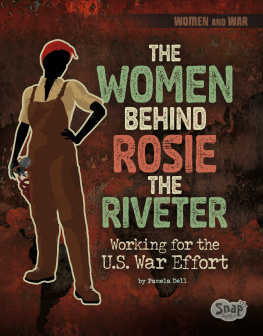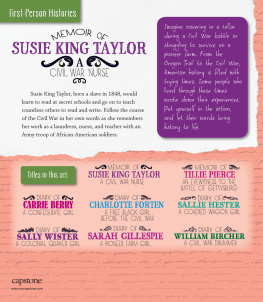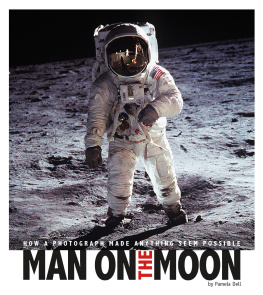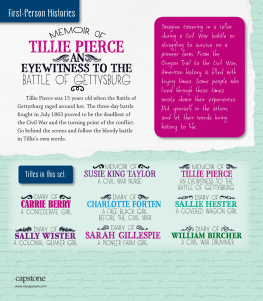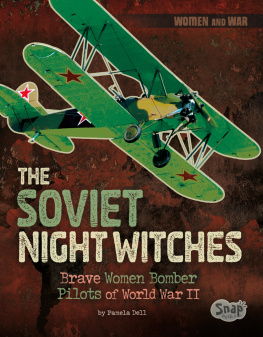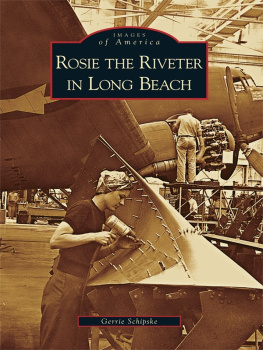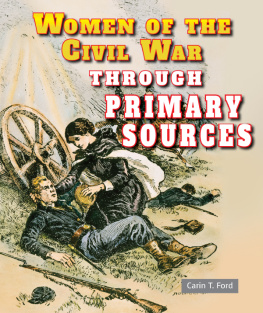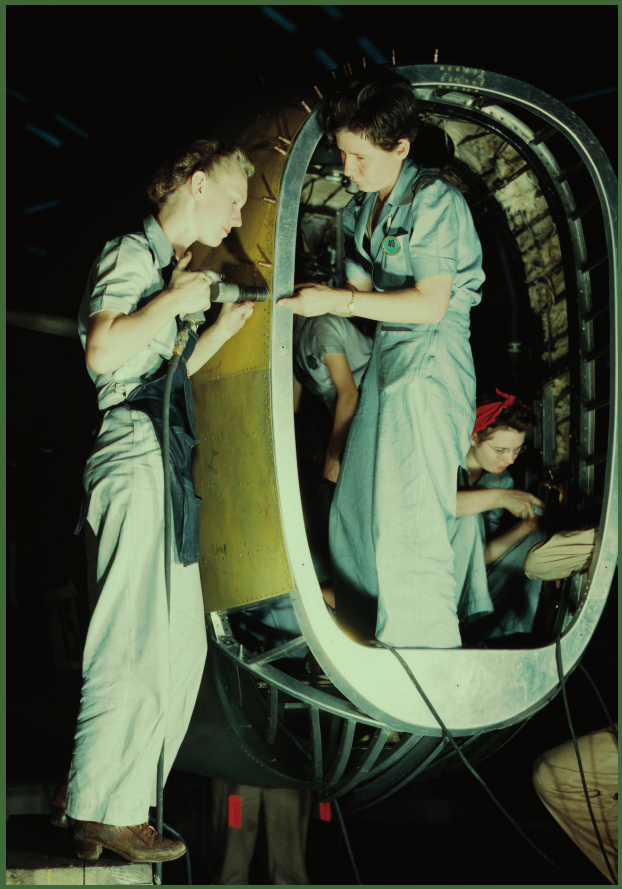Timeline
- December 7, 1941: The Japanese bomb Pearl Harbor. The United States declares war on Japan the next day.
- February 1942: Redd Evans and John Jacob Loeb release their iconic song Rosie the Riveter.
- March 1942: A photograph of a young woman working on a turret lathe at the Alameda, California, Naval Air Station appears in newspapers throughout the country.
- August 1942: The War Manpower Commission (WMC) forms the Womens Advisory Committee to find ways to get women into the workplace.
- February 1943: J. Howard Miller, a Pittsburgh artist, creates a poster with the caption We Can Do it! The girl in the poster is most likely inspired by the girl in the Naval Air Station photo. The poster is displayed for two weeks in a Pennsylvania factory. Eventually it becomes iconic as a depiction of Rosie the Riveter.
- May 29, 1943: Norman Rockwells Rosie the Riveter painting appears on the cover of the Saturday Evening Post
- June 1943: Due to huge reader interest, the Post follows up the Rosie issue with a long article about Rockwell and the symbolic meaning of his painting. In July Art Digest magazine does a similar analytical article. This second article leads to the painting going on tour.
- August 9, 1943: Life magazine does a feature story called The Many Faces of Rosie the Riveter with a cover photo showing a female steelworker on the job.
- September 1943: Magazines across the country respond to an earlier request by the Magazine War Guide. The guide asked that all U.S. magazines run a women and work cover in September as a joint effort to promote women joining the workforce.
- 1944: Hollywood releases Rosie the Riveter, a romantic comedy about a female factory worker.
- 1945: Most of the 2 million women working in the war industry lose their jobs to veterans returning from the war.
- 1980: The documentary film The Life and Times of Rosie the Riveter is released. It includes interviews with 700 real-life Rosies and others involved in the propaganda effort.
- 1984: Geraldine Hoff Doyle mistakenly identifies herself as the Rosie in the Alameda Naval Air Station photograph. She gains widespread attention as the real Rosie the Riveter. Also the movie Swing Shift hits theaters. The story follows the lives of five female aircraft workers in the 1940s.
- 1999: The U.S. Postal Service issues its Rosie the Riveter postage stamp, which is a reproduction of the We Can Do It! poster. Also that year a toy manufacturer releases a Rosie the Riveter action figure. A joking marketing comment at the time was, You can use her to beckon your Barbies out of their mansions and into the factories to do their part for the US of A.
- 2000: The Rosie the Riveter/WWII Home Front National Historical Park opens in Richmond, California, home of 55 war industries during WWII.
- 2002: Rockwells Rosie the Riveter painting is put up for auction and sells for $4,959,500.00.
- 2009: At a Rosie the Riveter reunion 85-year-old Naomi Parker Fraley sees the same Naval Air Station picture that Doyle saw, but has proof that she is the girl in the picture.
- 2015: Communications professor James J. Kimball tracks Naomi Parker Fraley down and helps her get credit for being the photographed Rosie.
Critical Thinking Questions
- During the 1940s the American government used widespread advertising campaigns to attract women to war work. What were some of the ideas and images these ads used to persuade women? Why do you think the ads were effective?
- How did taking over jobs that men had done help women gain more independence during the war years? What benefits did they get from working outside the home? How did these benefits and experiences lead to changes in later decades? (Or, how did these womens work experiences create the seeds of change for later generations of women?)
- What were Jim Crow laws? How did the work done by women of color during the war help open the door for the Civil Rights movement?
Read More
- Parsons, Martin. Women in World War II. The History Detective Investigates. New York: Hachette, 2017.
- Sherman, Jill. Role of Women in World War II. Eye Witness to World War II. New York: Momentum Press, 2016.
- World War II: The Definitive Visual History. Smithsonian. New York: DK Children, 2015.
Chapter 1
Rosie the Riveter
So you think you can do a mans job, huh? A little one like you? The factory boss looked Evie up and down, barely hiding his smirk. He puffed on his smelly cigar.
But Evie was not backing down Thats right sir
She crossed her arms and gave the boss her steadiest stare. It was 1943, and the boy she loved and hoped to marry was off fighting World War II (19391945). As soon as shed heard about war industry jobs opening up for women, shed bought a train ticket. Shed traveled all the way from rural Virginia to look for work in Baltimore, Maryland, ready to do her part. All she wanted was to help build fighter planes so the could win the war.
Riveters working on a fuselage
The rivet guns were noisy and tough to hang on to, and some of us were afraid of them at first. You had to grip your gun very tightly as you worked. If the gun got away from you, it would fly all over the place, making everyone jump for cover until someone shut it down.
Helen Kosierowski, a who helped build B-29 bombers in the 1940s
How old are you, Evelyn? the boss asked now.
Twenty-four, sir, she replied, and believe me, I can do this work as good as any man!
The boss burst out with a big laugh. But he stood up, stubbed out his cigar, and put his hands on his hips. You know anything about riveting?
No. But I can do it if you train me, Evie said in her most confident voice. She knew they used big, heavy drill-like tools called riveting guns to put the plane parts together. The rivets were short metal bolts that shot out of the gun to join two pieces of metal. That was about all she knew. But it didnt matter she was ready.
Come on, then. The boss cocked his head and motioned Evie to follow him down to the big bay where the planes were being built. Most of the employees were women, since most of the men were fighting overseas. Well get you working on the tails of the planes and see how well you do.
Ill do just fine, Evie assured the man. Her stomach was scrunching with nerves. But she had strong arms from bucking bales. She was a quick learner. And now shed have a good job with a decent salary something to really be proud of.
Another Rosie had joined the workforce.
Though the scenario on the previous pages is made up, it reflects the reality of the United States in the early 1940s. World War II had been raging in Europe since 1939. In December 1941 the United States entered the war too. With that a patriotic fever broke out overnight. Thousands of American men rushed to enlist. But many more 10 million were drafted.

